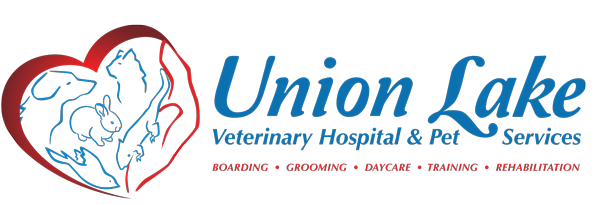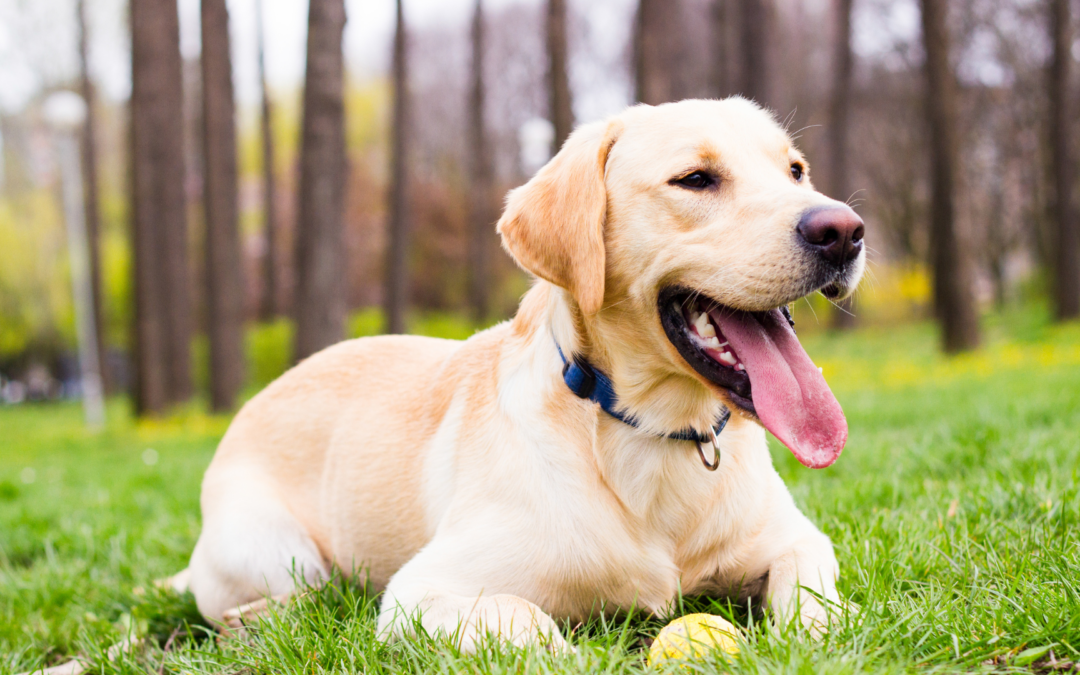Sometimes dogs behave in undesirable ways. When that happens, it is important to know how to let your dog know they’ve misbehaved without making them feel scared or anxious. Positive reinforcement training techniques can help your dog learn the right way to behave in a non anxiety-producing environment. Use these techniques to gently, but effectively show your dog when he or she has misbehaved:
Common Behavior Problems in Dogs
Before we dive into how to show your dog when they’ve done something wrong, we want to cover some of the most common canine behavior problems. These include:
- Going through the trash (or knocking over the trash can)
- Peeing or pooping inside the house
- Destructive behavior
- Jumping
- Biting
- Stealing food from the table
- Incessant barking
- Pulling on the leash
While these behaviors can be annoying, and sometimes dangerous, none of them require disciplining your dog. With a little bit of effort, you can teach your dogs the right way to behave both at home and in public.
Teach in The Moment
Dogs exist in the moment. While they have the ability to remember things, the most effective way to teach them something is to address it as it happens. This means that you should point out the undesirable behavior as soon as possible after it occurs. Being proactive with your lessons will help your dog learn the connection between an action and a consequence.
Change the Tone of Your Voice
Dogs can hear different inflections in the voice. When your dog misbehaves, you want to use a firm tone. Avoid yelling, but speak in an authoritative tone as you point out the behavior that you did not like. When dogs can sense your disapproval, they will be more likely to pay attention to what you are saying.
Use the Same Command Each Time
Canines can learn a certain amount of vocabulary, and they learn the best with repetition. When you are pointing out an undesirable behavior, be sure to always use the same verbal cues. If you opt for a simple one-word “no,” repeating the same word will help your dog’s brain make the connection between behaviors that are wrong.
Redirect the Dog’s Attention
One facet of positive reinforcement training is to redirect your dog to a more desirable behavior. If your dog is chewing on a shoe, for example, you can take the shoe, say “no” in a firm tone, and give the dog a chew toy to use instead. Redirecting the behavior will prevent your dog from developing fear or anxiety, but will help show how you want them to behave.
Remember to Praise
It’s just as important to praise a dog for good behavior as it is to point out an undesirable one. Reward your dog when they behave well with a treat, petting, or a positive affirmation. This juxtaposition between praise for good behavior and demonstrating bad behavior will help your dog learn the difference. It can also increase the bond you share with your pet.
Use Consistency When Training
Dogs learn the best through repetition. It is very important to be consistent when training your dog. This will be helpful with everything from avoiding bad behavior to teaching them how to walk on a leash. Make sure that everyone who comes into regular contact with your dog uses the same techniques you do to ensure your dog has the best learning environment.
Hopefully, our tips have shown how to let your dog know they’ve misbehaved without triggering anxiety and fear.
At Union Lake Pet Services, we believe in positive training techniques to help dogs feel safe, secure, and confident as they learn. Our professional trainers can help you teach your dog the proper way to behave in any situation. Call (248) 363-6262 to sign up for our training services.

